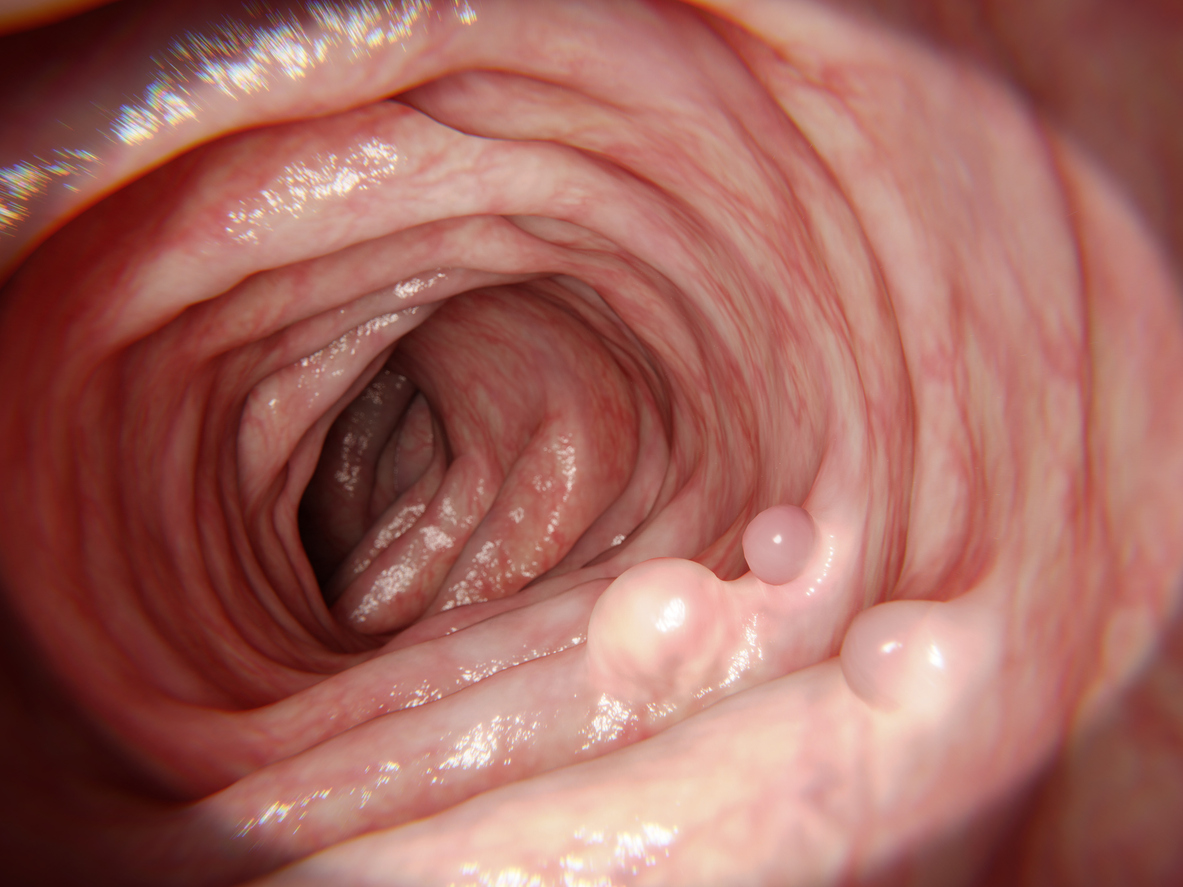2024-03-21
New data on the three-dimensional anatomy of the enteric nervous system
Gastroenterology and Hepatology
The main treatment for Hirschsprung's disease is "traction" surgery to remove the intestine that has no enteric nervous system, with reanastomosis of the healthy intestine near the anal verge. The after-effects of the procedure are often delicate. In this study, researchers examined a hypothesis to explain these complications: retention of hypoganglionic intestine (with a low density of enteric nervous system). They worked on samples from 11 human colons and one ileal specimen resected during traction surgery for Hirschsprung's disease, then compared the data with a distal control colon from people with no known bowel problems.

Last press reviews
Cold at home: an underestimated risk

By Ana Espino | Published on December 17, 2025 | 3 min read
Dark chocolate: guilty pleasure or a renal ally?

By Ana Espino | Published on December 16, 2025 | 3 min read<br>...
A post-exercise infrared sauna session: a booster for neuromuscular recovery or just comfort?

By Lila Rouland | Published on December 15, 2025 | 3 min read<br>